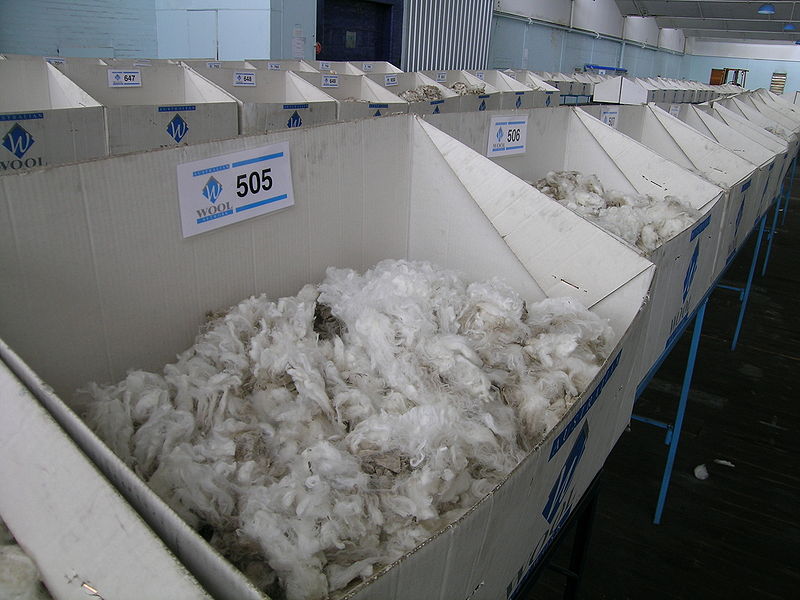Wool production has been shrinking in recent years (see more here) with this trend continuing this season (see more here), which, in conjunction with weak demand (the Ifo Institute – see more here says the German economy has been in recession for the past two years), has seen reported wool stocks along the supply chain reduced to minimal levels. This situation sets the supply chain up for price volatility when demand picks up.
The Ifo German Manufacturing Index, shown in Figure 1, improved from late 2024 through to the autumn before it steadied. The 7% improvement in the merino price from late 2024 to the autumn matched this increase in the Ifo indicator. Since the autumn, the merino price in US dollar terms has risen by 31% (monthly average prices), which is better than was expected from the Ifo index, although the service sector in the German economy is reported to be performing more strongly than manufacturing. On a positive note, the Ifo Institute is predicting the German economy to expand during the next two years, which would be good for wool demand.
What about China, which is often credited with absorbing half of the Australian wool clip? If this is correct, what happened to world wool demand excluding China during the past three decades? Figure 2 compares the change in Chinese GDP to the change in the US dollar merino price. The correlation between the two series is patchy. There are legitimate concerns about the accuracy of the Chinese GDP estimates, and there is also the structural issue that a single number cannot reflect all of the facets of a big, complex economy.
Figure 3 compares the year-on-year change in the US 5-year bond yield (inverted), advanced by 18 months and the merino price in US dollar terms. This measure provides some forecasting of the trend we can expect for demand, hence wool prices. The change in bond yield jumps around, with a rising trend continuing to point to a generally positive influence on demand through to autumn 2026. From this perspective, a rise in wool prices fits the expected pattern

